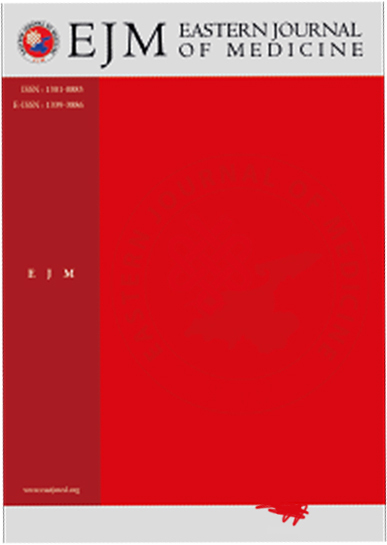Obstructive sleep apnea syndrome and blood flow to the eyes
Selvi Asker1, Ozgur Bulent Timucin2, Ahmet Ursavas3, Mehmet Emin Aslanci4, Mehmet Baykara4, Haluk Erturk4, Muntecep Asker5, Sami Yilmaz4, Derya Tuzun Kaya412
3
4
5
To evaluate the pulsatile ocular blood flow (POBF) in patients with obstructive sleep apnea syndrome (OSAS). Forty-one newly diagnosed OSAS patients without comorbidities and 17 healthy control subjects were included to the study. Subjects were classified into groups of control, mild- moderate OSAS and severe OSAS, based on apneahypopnea index (AHI) values as control [AHI=<5 h(-1)), mild-moderate [AHI= 5-30 h(-1)], and severe [AHI >30 h(-1)]. For each eye, the Ocular Blood Flow Analyzer was used to obtain measurements of POBF. This study included 41 patients (10 female, 31 male) and 17 controls (6 female, 11 male). Cases and controls were comparable in body mass index, sex, and age. No statistical difference was found between the groups of patients with OSAS and healthy control subjects in age, BMI, sex, ocular axial length, IOP and mean blood pressure. There was no significant difference between control and OSAS patients in terms of POBF (T-test; p>0.05). There was no significant difference between groups in terms of POBF (one way ANOVA; p=0.3). In severe OSAS group, no statistically significant correlation was found between AHI and POBF(r= 0.09, p=0.5). These data show that the OSAS patients exhibit no significant difference in POBF compared to control group.
Keywords: Intraocular pressure, obstructive sleep apnea syndrome, ocular blood flow, pulsatile ocular blood flowManuscript Language: English














